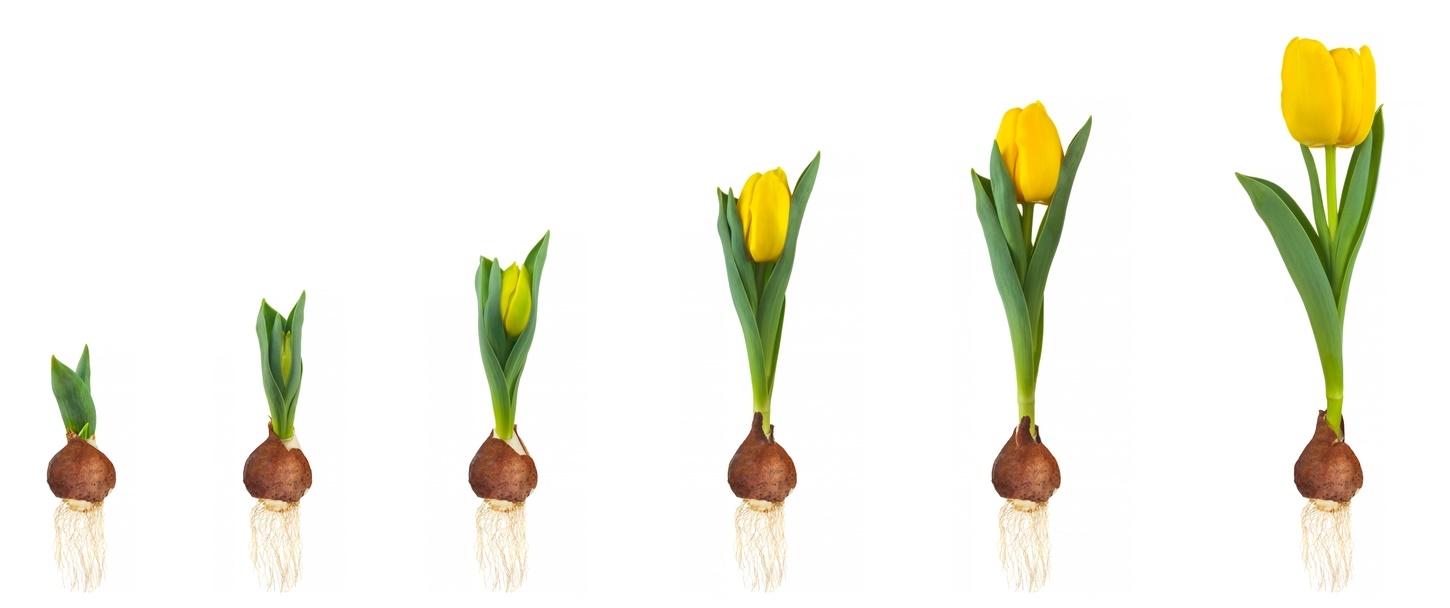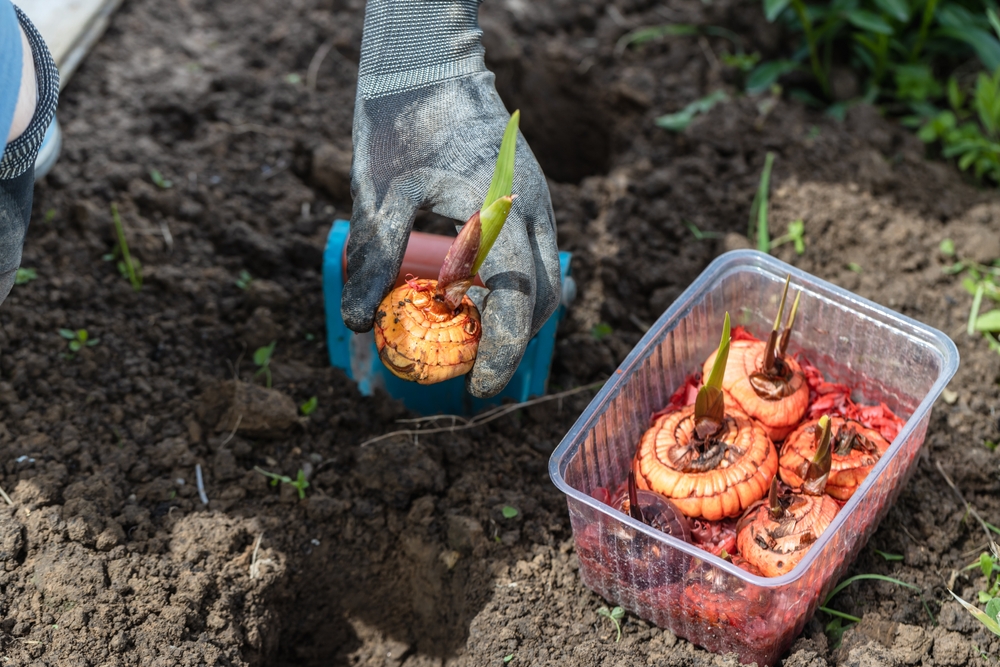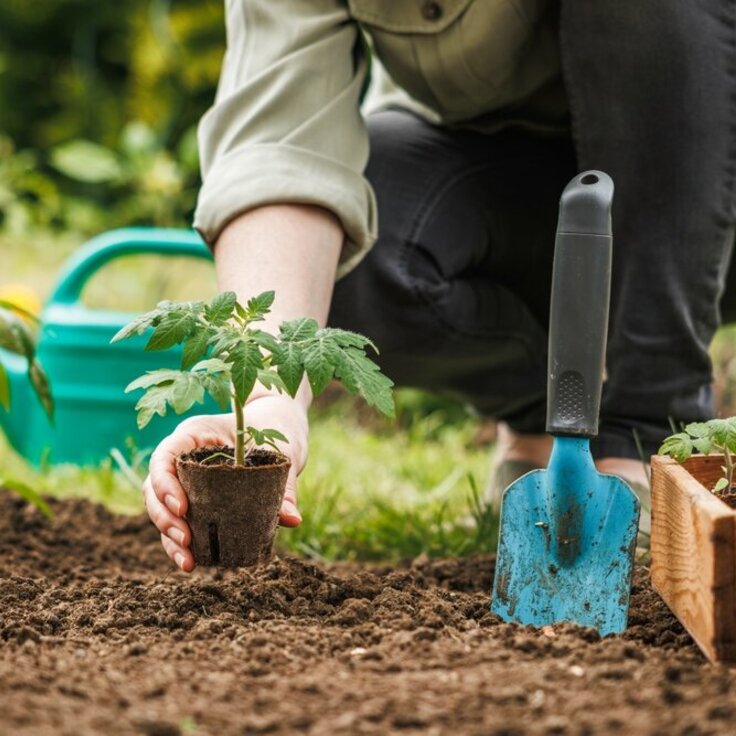How to Plant Spring Bulbs
Spring is the time when your garden starts to come alive again. One of the best ways to prepare your garden for the upcoming season is by planting flower bulbs. Spring bulbs, such as tulips, daffodils, and crocuses, not only bring beauty but are also easy to maintain. In this guide, you'll learn how to plant bulbs, which varieties to choose, and some practical tips to enhance your garden.

Why Plant Spring Bulbs?
Spring bulbs are perfect for brightening up your garden after a long winter. These bulbs should be planted in the fall to ensure they start blooming come spring. They need a few months to establish themselves before blooming, making timing essential for planting.
Popular Spring Bulbs
-
Tulips: Tulips are a staple of spring gardens. Available in a wide range of colors and shapes, from classic red and yellow to unique purple and speckled white. Notable varieties include 'Queen of Night' with its deep purple blooms and 'Duchess of Orleans' which features vibrant orange flowers.
-
Daffodils: Also known as 'Narcissus,' daffodils add a cheerful touch to any garden. They come in various types, such as 'Trumpet Narcissus' and the petite 'Tête-à-Tête.' They're easy to care for and can thrive in partially shaded areas as well.
-
Crocuses: Crocuses are among the earliest bloomers in spring. They come in colors like purple, yellow, and white, often with a bright yellow center. Popular varieties include 'Jeanne d’Arc' with its white flowers and 'Spring Beauty,' known for its stunning purple blooms.
-
Hyacinths: Hyacinths are famous for their strong fragrance and dense flower clusters. They are available in various colors such as pink, blue, and white. The 'Delft Blue' offers a striking deep blue shade, while 'Pink Pearl' provides a soft, romantic look.
When to Plant Bulbs?
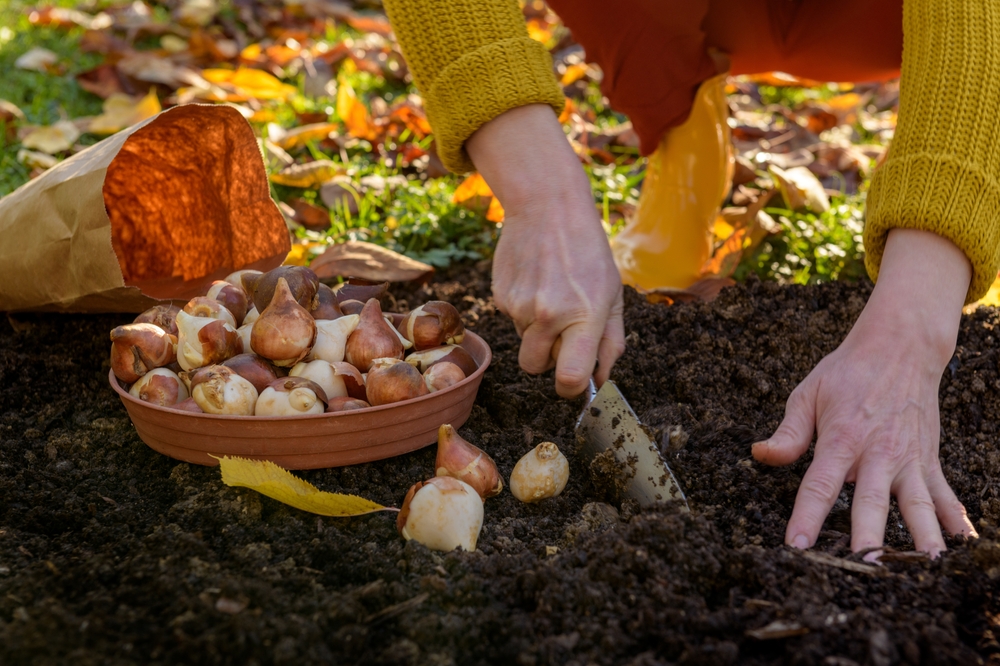
The optimal time to plant spring bulbs is in the fall, typically from September to November. This timing allows the bulbs to establish their roots before the frost sets in. Make sure the soil is not frozen when you plant.
How to Plant Bulbs
-
Select the Right Spot: Most bulbs prefer a sunny location, though some, like daffodils, can also thrive in partial shade. Ensure the soil is well-draining to prevent rot.
-
Prepare the Soil: Loosen the soil and add compost or well-rotted manure to enrich it. For heavy clay soil, mix in some sand to improve drainage.
-
Planting Depth and Spacing: Plant bulbs at a depth roughly two to three times the height of the bulb. Space them about 4 to 6 inches apart to give them ample room to grow.
-
Planting: Use a trowel or bulb planter to create a hole. Place the bulb with the pointed end up and cover it with soil. Gently firm the soil and water the area.
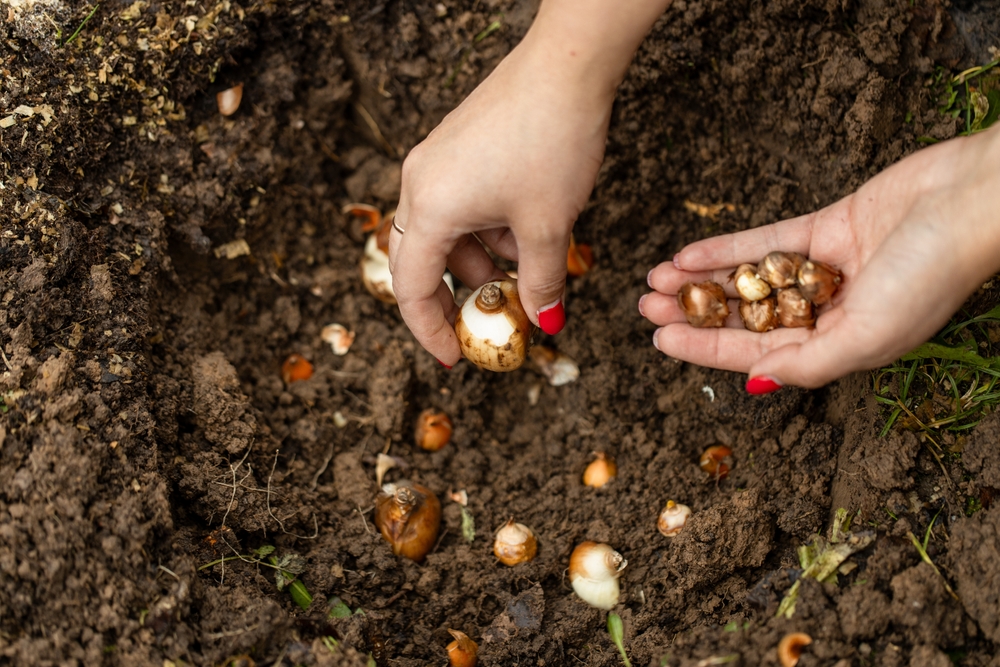
Tips for Successful Bulb Planting
- Prevent Frost Damage: In regions with severe winters, apply a layer of mulch to protect the bulbs from extreme cold.
- Watering: Give your bulbs a good start by watering them thoroughly after planting. Additional watering is usually not necessary unless it is exceptionally dry.
- Maintenance: Once the flowers fade, allow the leaves to wither before cutting them back. This allows the bulbs to absorb nutrients for the next season.
- Digging Up Bulbs: For certain bulbs, like dahlias and lilies, you may need to dig them up and store them until the next planting season.
Essential Tools for Bulb Planting
To make planting easier, consider using the following tools:
- Bulb Planter: This tool helps create holes at the correct depth.
- Compost and Fertilizers: Enrich the soil by adding compost during planting.
- Mulch: Helps retain moisture and provides protection against cold.
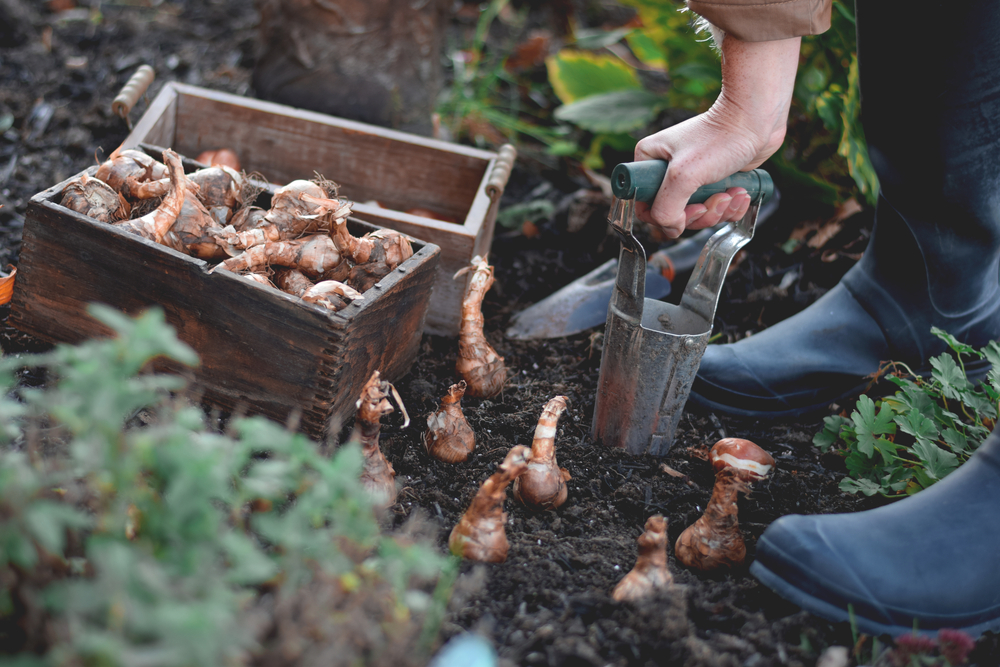
Common Mistakes When Planting Bulbs
- Planting Too Shallow: Ensure bulbs are planted deep enough. Shallow planting can result in poor root development and weak flowering.
- Incorrect Timing: Planting in spring or summer won't work as the bulbs won't have enough time to prepare for blooming.
- Neglecting Watering: Especially in dry conditions, it's crucial to water after planting to ensure the bulbs start well.
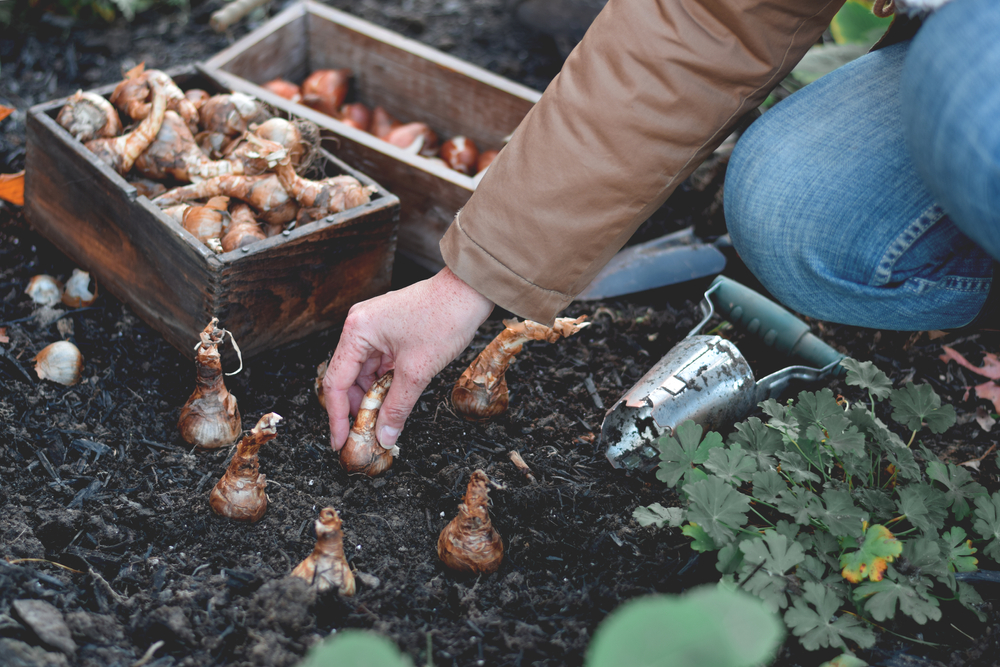
With these tips and insights, you're well-equipped to enhance your garden with beautiful spring bulbs. By planting at the right time and providing proper care, you can look forward to a vibrant and colorful spring in your garden. Enjoy planting and creating a stunning spring landscape!
